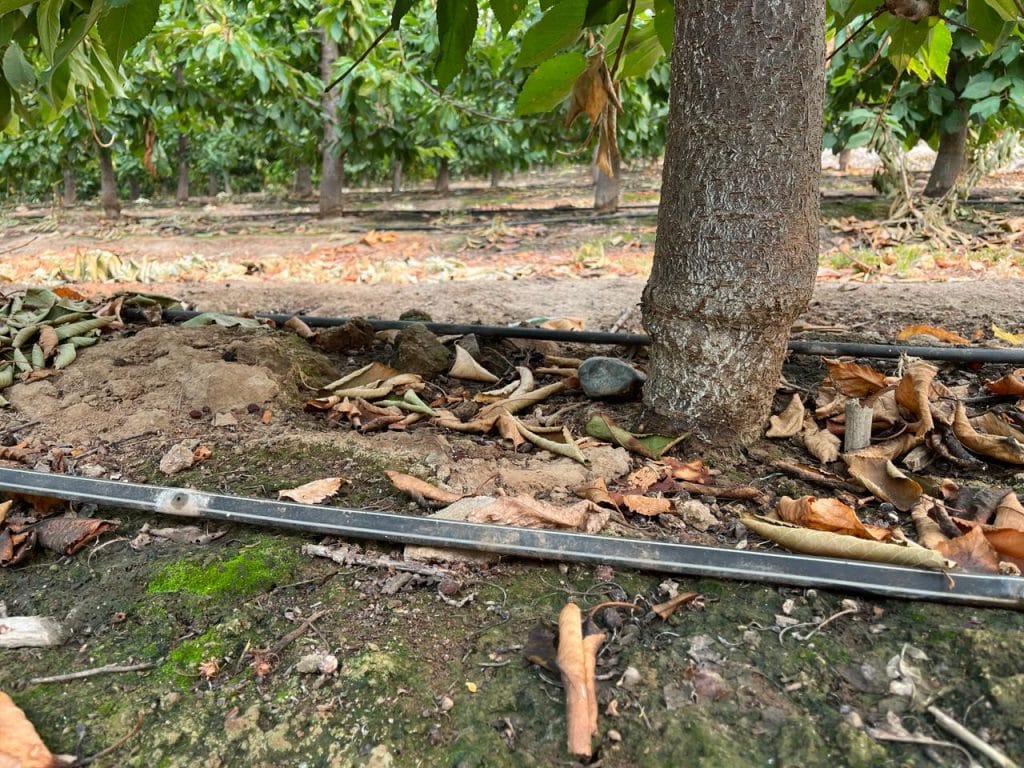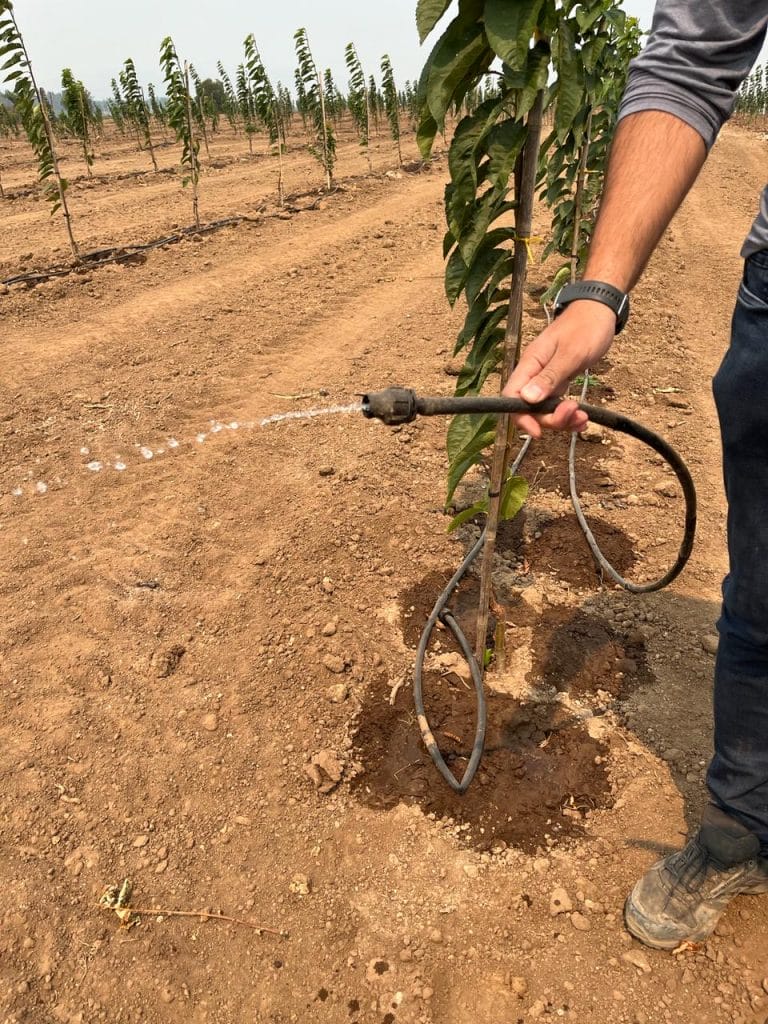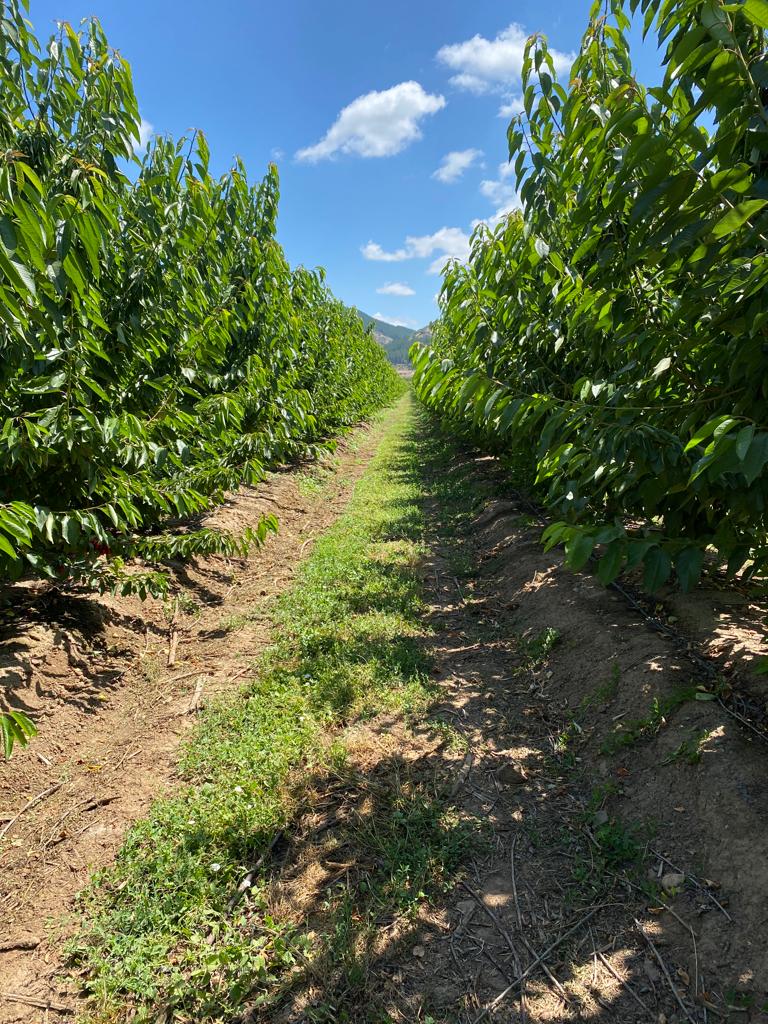Post-harvest is, without a doubt, a very important stage for cherry cultivation, since during this period different physiological processes occur in the plants, such as floral induction and differentiation, accumulation of reserves, among others. What happens during post-harvest will directly affect the following season.
It is essential to pay attention to a number of aspects, including nutrition, thermal-hydric stress, foliar analysis, irrigation, among others, the latter being number one in importance.

“In addition to several factors that will influence this good time at this stage of the plant, what definitely makes the difference is the programming, the irrigation strategy. I would say that everything that is called preventing stress, the first on the list, in capital letters and perhaps in neon, is the concept of irrigation. We can use nutritional strategies, stress prevention, mitigators, etc., but if we are watering poorly we are cancelling out, in some way, everything we are doing in parallel to irrigation.”, explained Carlos Tapia, specialist advisor in cherry production and technical director of Avium.
But do all gardens require the same irrigation strategy or should it be different?

“I don’t know if the general concept is so different from another, there are differences from the point of view of the type of plant, the age of the plant, if it is in the process of formation or in the production process, but there is something very important among all the things that one can talk about in post-harvest irrigation, which is that we are very concerned about the amount of water that we put in per week based on evapotranspiration; for example, if 40 mm of evapotranspiration occurred during the week, perfect, we have to replace those 40 mm if we are talking about crop coefficient; if we use higher or lower crop coefficients we will have to adjust.”, Tapia clarified.
The specialist also recommends paying attention to water distribution, considering that during post-harvest an important root recovery process occurs.
“In parallel to that, I would be very concerned about the distribution of that water in my root profile, how far my roots are reaching; why? Because during the last fortnight, the last ten days of December, January and the first fortnight of February, we have the stage where the roots of the season recover the most, therefore the roots are expanding and colonizing other sectors of the soil, therefore, that distribution of water in the soil profile can be even more important than the water we are placing,” added Carlos Tapia.
Just as irrigation is important during post-harvest, it is also important to start the next stage of the crop; the end of the irrigation season, which normally takes place at the end of March or, in orchards with sandy soils and the presence of stones, on April 10, generates a signal to the plant and starts the process of lignification of wood and fruit centers so that it can better withstand low winter temperatures.








